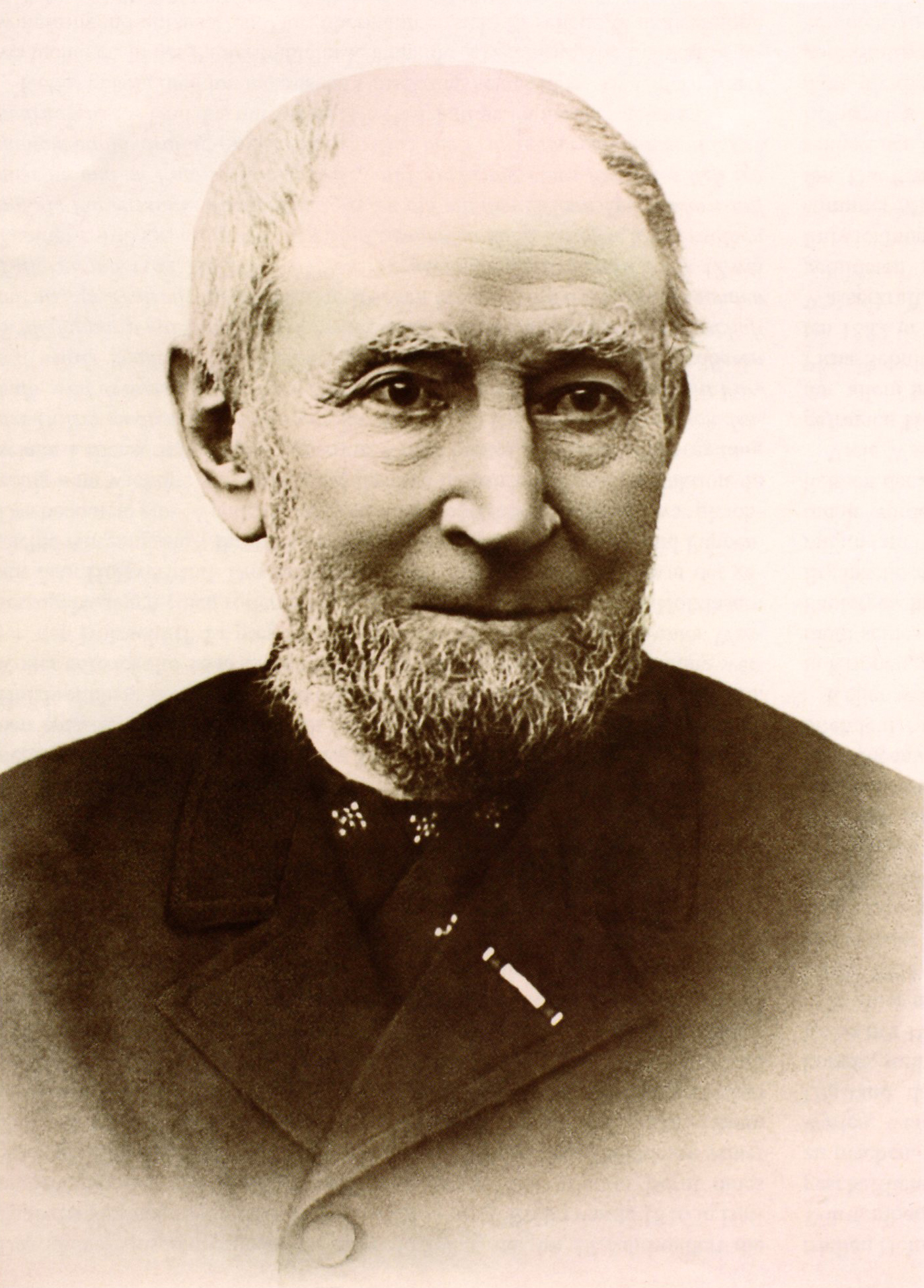Hainichen, Saxony on:
[Wikipedia]
[Google]
[Amazon]
Hainichen is a market town in Saxony, Germany. It is located on the river Kleine Striegis and about north-east of


 *Hainichen is the birthplace of Christian Fürchtegott Gellert, (1715-1769), to whose memory a
*Hainichen is the birthplace of Christian Fürchtegott Gellert, (1715-1769), to whose memory a
Stadt Hainichen/Sachsen
Historical Views of Hainichen/Sachsen www.hainichen-damals.de
{{Authority control Mittelsachsen
Chemnitz
Chemnitz (; from 1953 to 1990: Karl-Marx-Stadt , ) is the third-largest city in the German state of Saxony after Leipzig and Dresden. It is the 28th largest city of Germany as well as the fourth largest city in the area of former East Germany a ...
. Hainichen has been shaped by its industrial past.
History
From the foundation until industrial revolution
A first settlement had been mentioned in as ''villa forensis Heynichen''. Hainichen used to be a place of considerable industry. Its primary manufacture was once that of flannels, baize, and similar fabrics; at the time it may have been called the centre of this industry in Germany. On April 23, 1800, a F5/ TORRO10 tornado devastated Arnsdorf, Dittersdorf and Etzdorf, near Hainichen. Despite its strength, there were no deaths. The Gellert institution for the poor was established in 1815. In 1933, a production plant for small delivery vans and minibuses called Framo moved from nearby Frankenberg to Hainichen. Since then, the automotive industry has been the most important employer.Nazi era
An early concentration camp,Hainichen concentration camp
Hainichen concentration camp is a concentration camp at Öderanstrasse in Hainichen, Saxony, formed on April 4, 1933, by order of Amtshauptmann Döbeln. Ortsgruppenleiter Georg "Zuff" Ziegler was the commandant and Friedrich Zill served as his de ...
, was established in April 1933 and dissolute in June 1933.
During World War II, a subcamp of Flossenbürg concentration camp was located here, housing female prisoners working for the Framo
enterprise.
GDR
The former plant of the Framo company was nationalized. The 1960s saw a reingeneering of delivery vans and minibuses under the Barkas B1000 brand. Hainichen became a major producer of parts for these cars.After reunification
Production of the B1000 delivery vans and minibuses ceased in 1991.Population statisticsSource from 1998 onwards: Statistical office of Saxony Numbers from 1960 onwards per 31 December.
Typical for a market town in the east of Germany, Hainichen faces the demographic problem of a steadily declining population.
Leisure and tourism
Sites and buildings of interest
Hainichen is home of a camera obscura. Other important sights are the Gellert museum (literature museum), Tuchmacherhaus (clothier museum) and a communal park. Hainichen is surrounded by the beautiful valleys of the riverStriegis
The Striegis is a river of Saxony, Germany. It is a left tributary of the Freiberger Mulde, which it joins in Niederstriegis.
See also
*List of rivers of Saxony
A ''list'' is any set of items in a row. List or lists may also refer to:
Peo ...
.
Sports
Hainichen has a communal sports centre with a small indoor pool, a communal outdoor swimming pool and a bowling centre. Also, there is a cycling track nearby.Industry
Hainichen is characterised by small and medium-sized businesses. The largest employer is the car parts maker Metalsa Automotive Hainichen GmbH (formerly ISE Industries Hainichen GmbH) (429 employees in 2005).Districts
Areas of the city include * Bockendorf, * Cunnersdorf, * Eulendorf, * Gersdorf, * Falkenau, * Riechberg, * Siegfried, * Schlegel and * Berthelsdorf.International relations
Hainichen istwinned
Twinning (making a twin of) may refer to:
* In biology and agriculture, producing two offspring (i.e., twins) at a time, or having a tendency to do so;
* Twin towns and sister cities, towns and cities involved in town twinning
* Twinning inst ...
with:
* Dorsten, Germany
Famous citizens

 *Hainichen is the birthplace of Christian Fürchtegott Gellert, (1715-1769), to whose memory a
*Hainichen is the birthplace of Christian Fürchtegott Gellert, (1715-1769), to whose memory a bronze statue
Bronze is the most popular metal for cast metal sculptures; a cast bronze sculpture is often called simply "a bronze". It can be used for statues, singly or in groups, reliefs, and small statuettes and figurines, as well as bronze elements t ...
was erected in the marketplace in 1865. He was an important poet of the Enlightenment.
* Friedrich Gottlob Keller, (1816-1895), the inventor of the groundwood pulp technique, was born in Hainichen.
More sons and daughters of the town
* Rainer Simon (born 1941), film director and screenwriter *Konrad Zdarsa
Konrad Zdarsa (born 7 June 1944) is a prelate of the Roman Catholic Church. He served as bishop of Görlitz from 2007 till 2010, when he became bishop of Augsburg. He retired from the Augsburg see on 4 July 2019.
Family Origins
Konrad Zdarsa ...
(born 1944), Bishop of the Diocese of Augsburg
References
External links
Stadt Hainichen/Sachsen
Historical Views of Hainichen/Sachsen www.hainichen-damals.de
{{Authority control Mittelsachsen